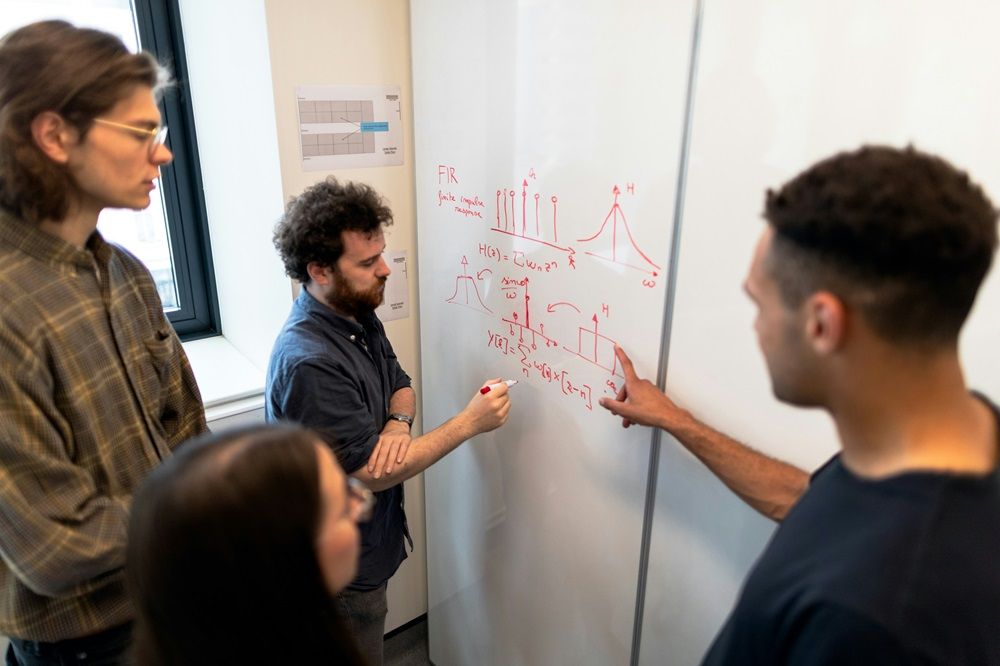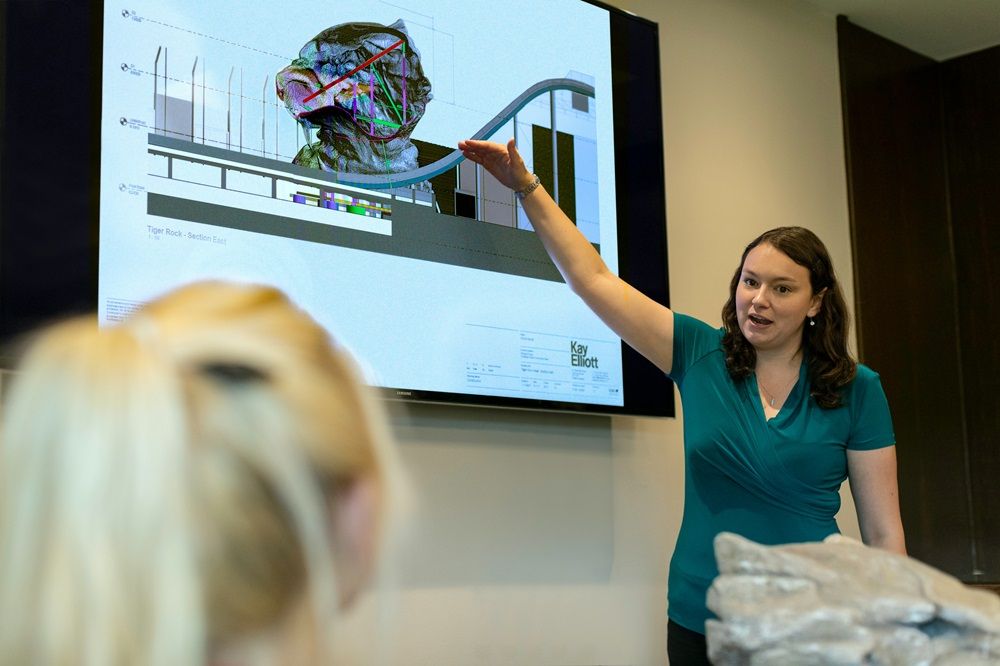Are you struggling to create an Engineering CV that captures the attention of potential employers? Crafting a well-structured and impactful CV is crucial for standing out in the competitive job market. In this article, we’ll guide you through the essential steps to write an effective Engineering CV, ensuring you highlight your skills, qualifications, and experience. Visit Job Mail for more job opportunities and tips.
 Photo by ThisisEngineering on Unsplash
Photo by ThisisEngineering on Unsplash
Understanding the Importance of an Effective Engineering CV
An Engineering CV is more than just a document listing your qualifications and work experience; it is your professional marketing tool. A well-crafted CV can make a significant difference in securing an interview and landing your dream job. Here's how you can create a standout Engineering CV:
1. Start with a Strong Personal Statement
Your personal statement is the first thing potential employers will read, so make it count. This section should be a brief summary of who you are, your career objectives, and what you bring to the table. Tailor your personal statement to the specific engineering role you are applying for, emphasizing your most relevant skills and experiences.
Example:
"As a dedicated mechanical engineer with over five years of experience in automotive design and development, I am seeking an opportunity to leverage my skills in a dynamic and innovative company. My strong problem-solving abilities and proficiency in CAD software have enabled me to successfully complete complex projects, enhancing operational efficiency."
2. Highlight Your Technical Skills
Engineering roles require a specific set of technical skills. List your technical competencies in a separate section, ensuring they align with the requirements of the job you are applying for. This could include software proficiencies, engineering methodologies, and industry-specific knowledge.
Example:
- Proficient in AutoCAD, SolidWorks, and MATLAB
- Expertise in Finite Element Analysis (FEA) and Computational Fluid Dynamics (CFD)
- Knowledge of ISO 9001 standards and Six Sigma methodologies
3. Detail Your Professional Experience
Your work experience section should showcase your relevant roles, responsibilities, and achievements. Use bullet points for clarity and quantify your accomplishments where possible. Start with your most recent job and work backwards.
Example:
Mechanical Engineer | ABC Automotive Solutions | Johannesburg | June 2018 – Present
- Led a team of engineers in the design and development of fuel-efficient automotive engines, resulting in a 10% increase in fuel efficiency.
- Conducted FEA simulations to validate design integrity, reducing prototype costs by 15%.
- Coordinated with cross-functional teams to ensure compliance with ISO 9001 standards.
 Photo by ThisisEngineering on Unsplash
Photo by ThisisEngineering on Unsplash
4. Emphasize Your Education and Certifications
List your educational background, including degrees, diplomas, and relevant certifications. Highlight any honors or distinctions and ensure your qualifications are presented in reverse chronological order.
Example:
- Bachelor of Science in Mechanical Engineering | University of Pretoria | 2013 – 2017
- Certified Six Sigma Green Belt | 2019
- Professional Engineer (Pr. Eng.) | Engineering Council of South Africa (ECSA) | 2020
5. Include Relevant Projects
Including a section on relevant projects can give potential employers insight into your practical experience and problem-solving capabilities. Focus on projects that are most relevant to the position you are applying for.
Example:
Project: Development of Lightweight Composite Materials for Aerospace Applications
- Conducted research and development of composite materials, achieving a 20% reduction in aircraft weight.
- Utilised advanced simulation tools to predict material performance under various stress conditions.
6. Add Professional Affiliations
Membership in professional organisations demonstrates your commitment to the engineering field and your continuous professional development. Include any relevant affiliations and the roles you hold within these organisations.
Example:
- Member, South African Institution of Mechanical Engineering (SAIMechE)
- Member, Institute of Electrical and Electronics Engineers (IEEE)
7. Proofread and Format Your CV
An Engineering CV should be clear, concise, and free of errors. Ensure your CV is well-organised, with consistent formatting and professional language. Use bullet points, headings, and appropriate spacing to enhance readability.
Tips for Formatting:
- Use a clean, professional font (e.g., Arial, Calibri) in 10-12 point size.
- Keep margins around 1 inch on all sides.
- Use bold and italics sparingly to highlight key points.
- Save your CV as a PDF to preserve formatting.
Crafting an effective Engineering CV is essential for making a strong impression on potential employers. By following these guidelines, you can showcase your skills, experience, and qualifications in a way that sets you apart from the competition. Remember, your CV is your marketing tool – make it count. For more tips and job opportunities, visit Job Mail and take the next step in your engineering career.
Read Related Articles
- Key Skills and Qualifications for Aspiring Engineers
- Introduction to Mechanical Engineering Careers in South Africa
- Preparing for Electrical Engineering Job Interviews
- Key Required Skills for Electrical Engineering Jobs in South Africa
- Top Electrical Engineering Qualifications and Certifications
- Understanding the Different Specialisations in Electrical Engineering
- Top Engineering Interview Questions and How to Answer Them
- How to Build a Strong Resume for Electrical Engineering Positions
- The Importance of Internships and Work Experience in Engineering
- Networking Tips for Electrical Engineering Professionals
- Common Challenges in Electrical Engineering and How to Overcome Them





